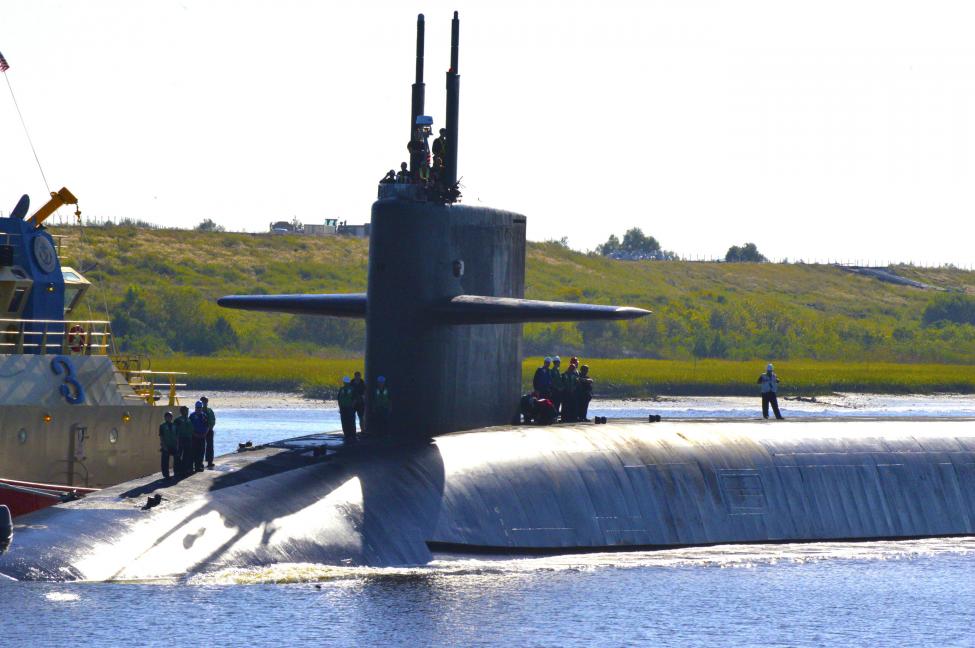Fires are still blazing near the site of the world’s worst nuclear disaster. Ukraine’s President Volodymyr Zelenskiy has visited firefighters trying to extinguish the flames, marking the 34th anniversary of the accident.
ARTICLE BY: CLYDE HUGHES | upi.com

Wednesday, foreign ministry spokeswoman Maria Zakharova cautioned the U.S. military that using those weapons against Russia would warrant a nuclear retaliatory strike.
“Any attack involving a U.S. submarine-launched ballistic missile, regardless of its weapon specifications, would be perceived as a nuclear aggression,” Zakharova said. “Those who like to theorize about the flexibility of American nuclear potential must understand that in line with the Russian military doctrine such actions are seen as warranting retaliatory use of nuclear weapons by Russia.”
The U.S. State Department suggested last week that equipping Navy submarines with the low-yield nukes — which have explosive power similar to the atomic bombs dropped in Japan during World War II — would only serve to deter military provocation from Russia and China.
“Sustaining an effective deterrence strategy is central to our goal of ensuring that a nuclear war will not be fought,” the department said in a report. “Nuclear deterrence is the least bad option and not our first choice. The United States is ready to work cooperatively with the international community to reduce nuclear dangers through effective arms control, non-proliferation, transparency and diplomacy.”
The United States and Russia have disagreed recently over a new treaty to limit nuclear weapons, and Moscow has called for an extension of the 2010 new START treaty. The Trump administration said any new arms deal should include China, an idea that hasn’t met with much support in Moscow.
